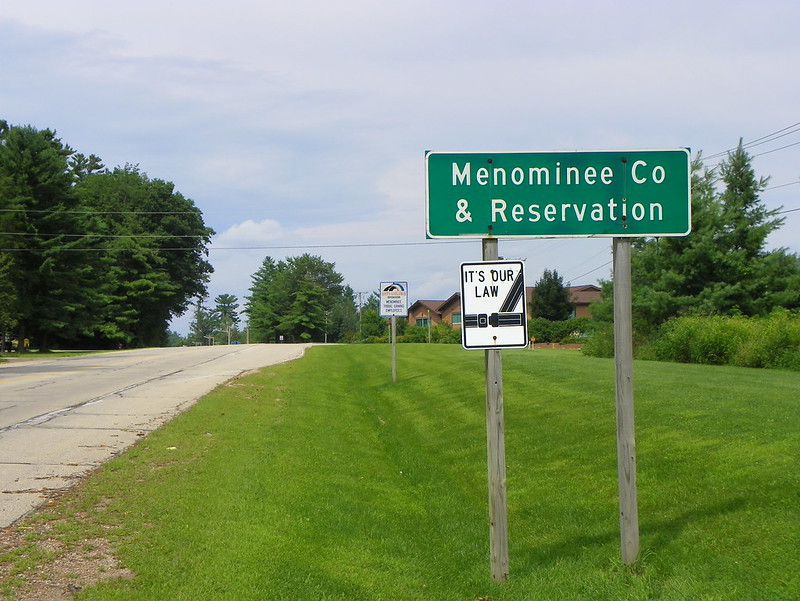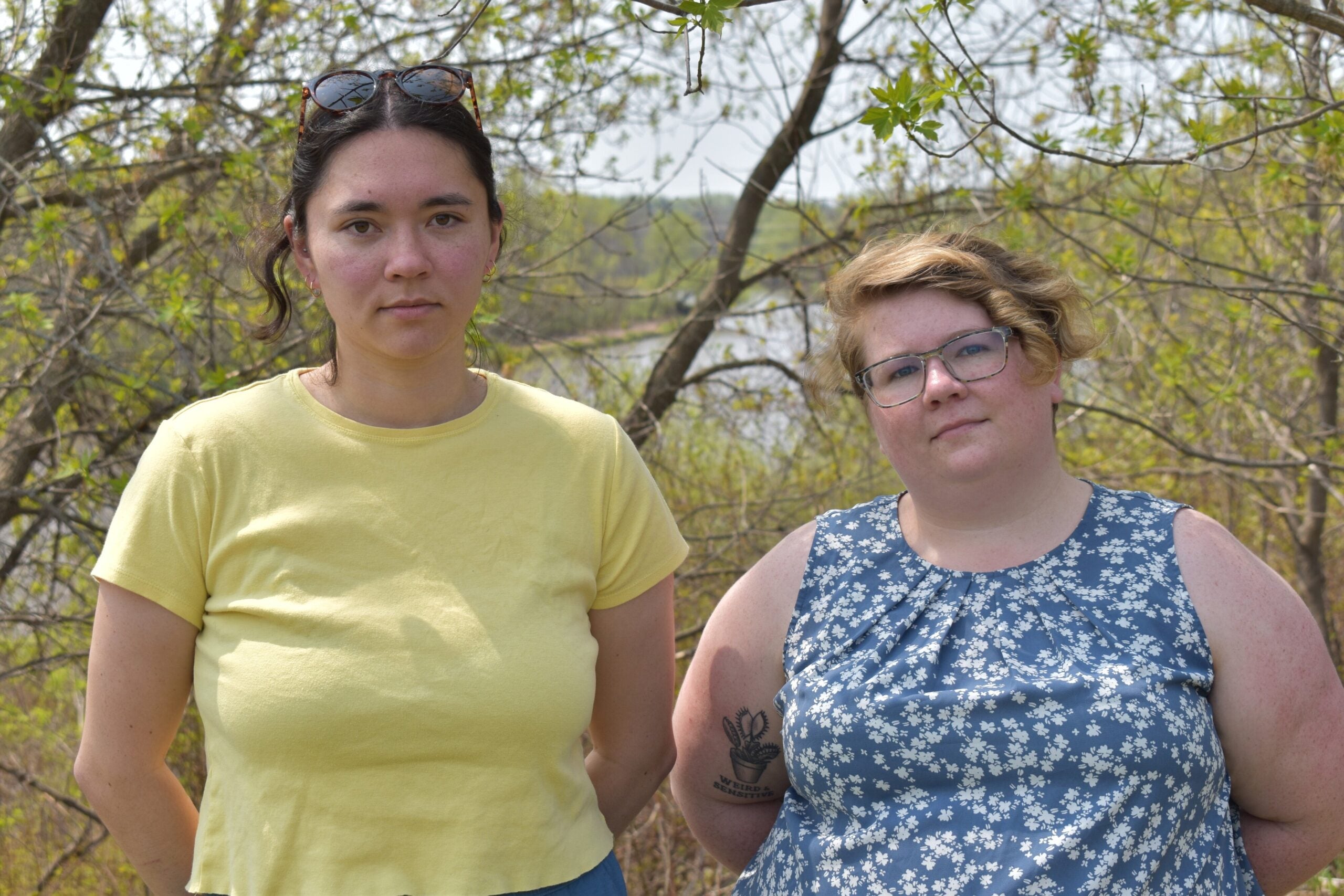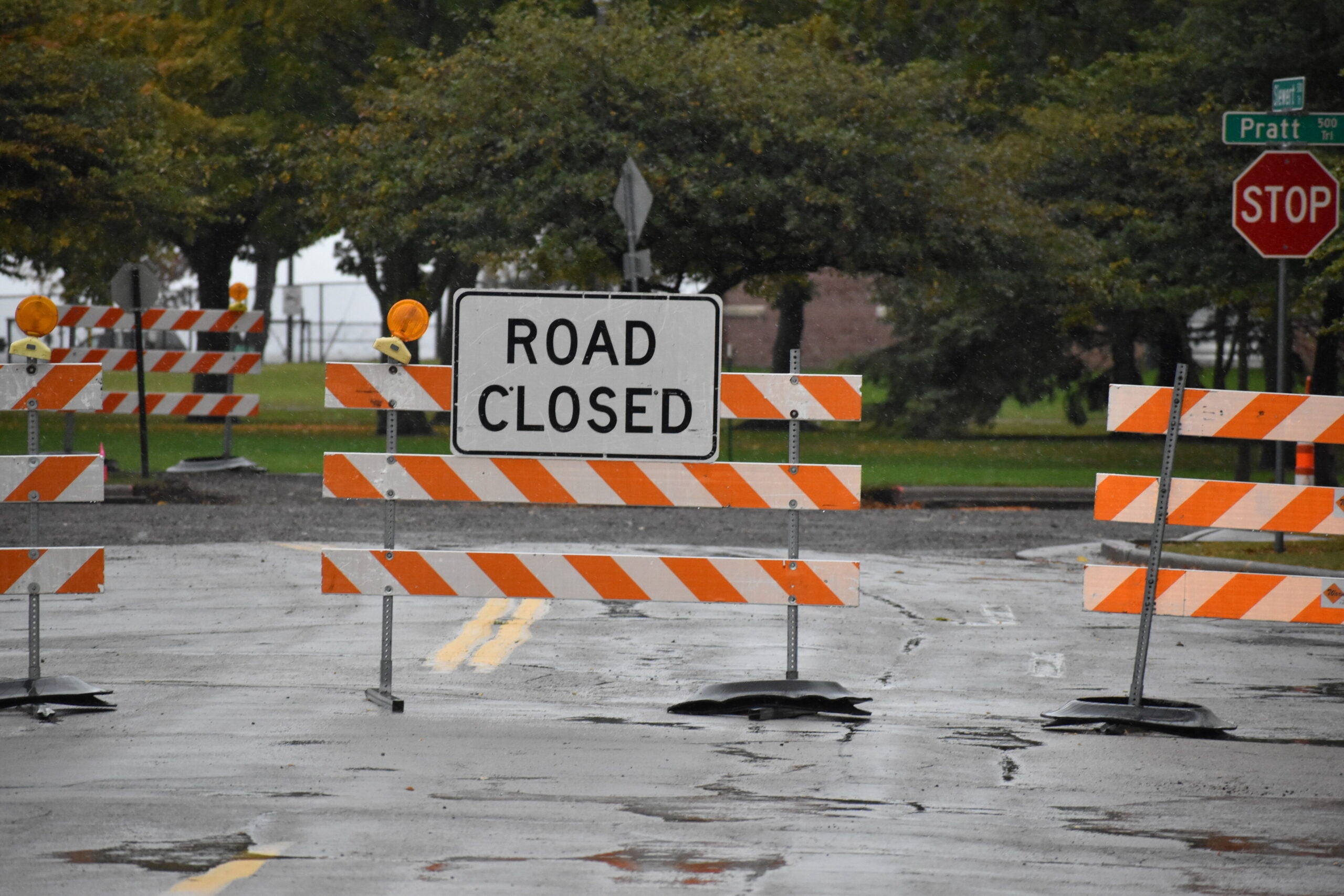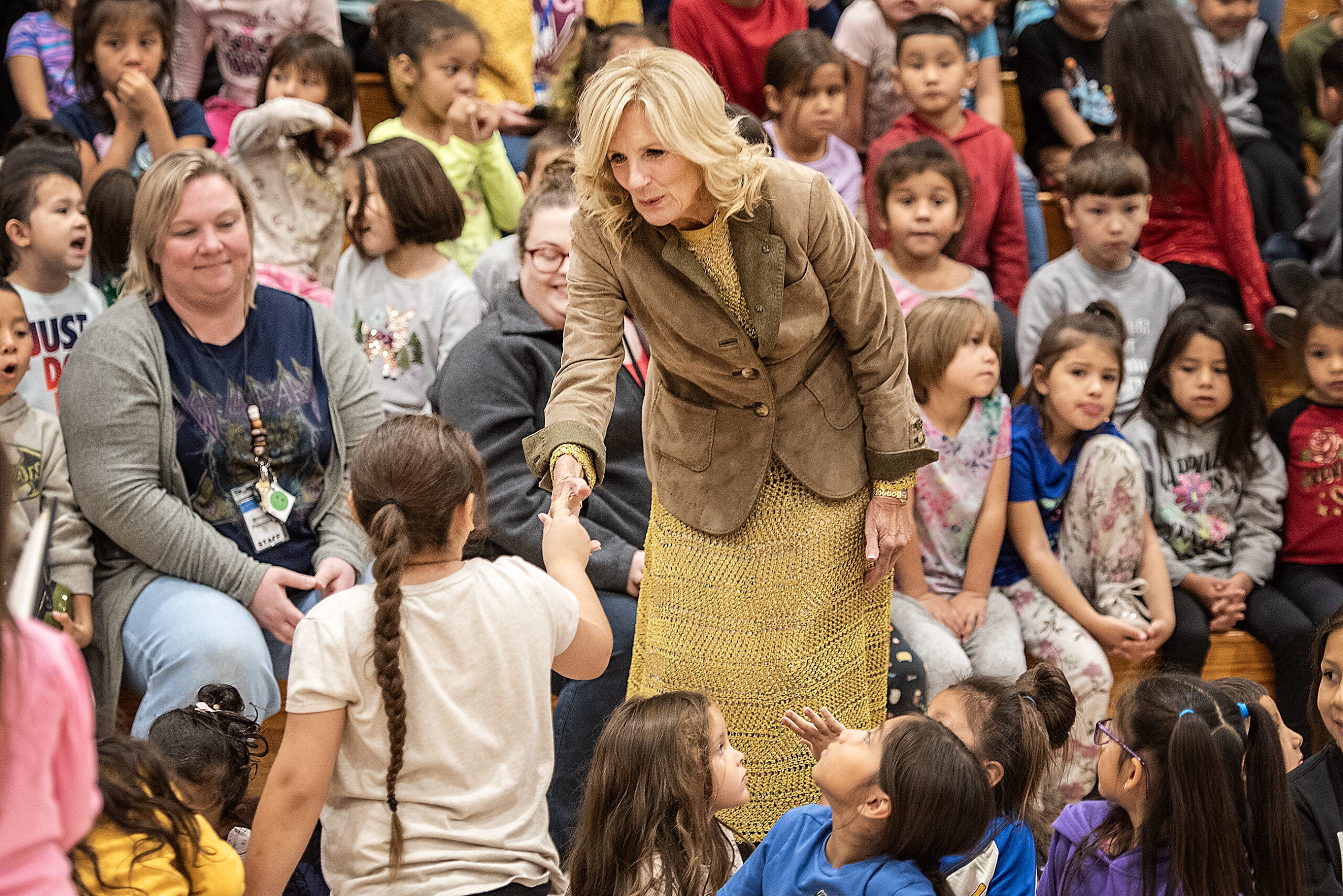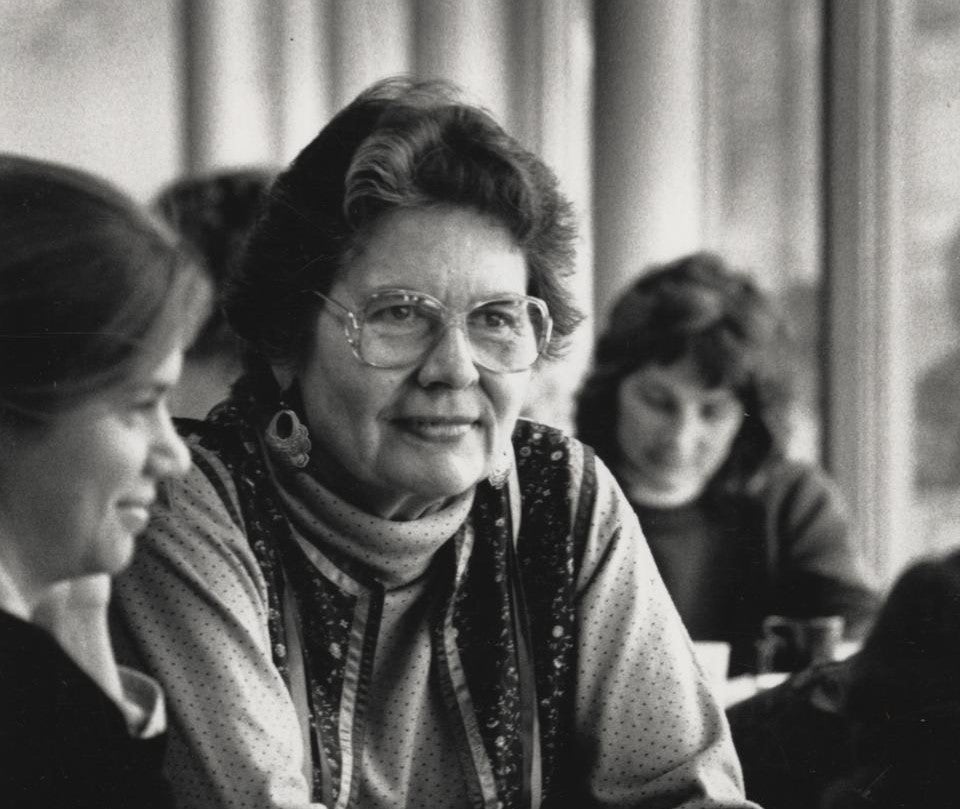After a decade-long effort, the Menominee Indian Tribe of Wisconsin brought home the remains of tribal ancestors.
Since 2011, the Menominee have worked to return ancestral remains to Wisconsin from the University of Michigan at Ann Arbor. The remains were unearthed in 1956 and have been in storage at the University of Michigan Museum of Anthropological Archaeology.
Last week, representatives from the university returned the remains to the Menominee. The tribe held a two-day reburial ceremony for its ancestors on Friday and Saturday.
Stay informed on the latest news
Sign up for WPR’s email newsletter.
“It means a lot to the Menominee people because we don’t want to see them on shelves, and it was (an) atrocity for them to be dug up,” said David Grignon, the Menominee Tribe’s historic preservation officer. “We want to put them back into Mother Earth, so they can continue their journey to the spirit world.”
After the reburial ceremony, the ancestors will finally be able to “rest in peace,” Grignon said. Last weekend’s ceremony was the Menominee’s eighth repatriation, he said.
“We have brought over 200 Menominees home for reburial from different museums and universities,” Grignon said. “It’s important not only for the Menominee but also for other tribes to try to repatriate their ancestors and bring them home for reburial, because that brings the community together as a whole, and (ensures ancestors are) not sitting on shelves.”
For a long time, there were no laws protecting indigenous burials, according to Katherine Stevenson, operations manager at the University of La Crosse Archaeology Center.
“Basically, if it wasn’t a cemetery with headstones and a picket fence around it that was recorded as a known Euro-American cemetery, there were no laws to keep people from bulldozing them away or doing whatever they pleased,” she said.
Because indigenous people have lived in Wisconsin for thousands of years and buried their dead in a variety of locations, it was fairly common for burial sites to be disturbed by European settlers as they developed Wisconsin.
Aside from unintentional disturbance, Stevenson said it was not uncommon for some people to intentionally loot burial sites, as some were known to contain artifacts.
“The things that were collected, which (were) sometimes human remains, were passed along to local doctors,” she said. “Sometimes people kept them, unfortunately, as curiosities. Sometimes burials or associated items went to local historical societies, and sometimes they went to a university.”
In 1987, the state enacted the Wisconsin Burial Sites Preservation Law. The state law made it illegal to intentionally disturb burial sites, as well as mandated respectful treatment of human remains when burial sites are accidentally disturbed by construction and required remains be transferred to appropriate parties for storage or reburial.
After the Wisconsin state law was passed, Congress passed the federal Native American Graves Protection and Repatriation Act, or NAGPRA, which required institutions receiving federal funds that were in possession of human remains or other indigenous artifacts to consult with tribal governments to return those items.
Since NAGPRA went into effect in 1990, museums and universities have increased efforts to return artifacts and remains to tribal nations for reburial. In 2020, the Oshkosh Public Museum returned culturally important artifacts from a Stockbridge-Munsee leader to the tribe.
In some cases, Stevenson said continued development can become complicated by Wisconsin’s many archaeological sites, which creates “an inevitable conflict” for developers.
“How do you find the right balance between development and preservation? And if you can’t preserve, how can you at least plan for dealing with anything that may be there as respectfully as possible? It’s a challenge,” she said.
Stevenson added that it’s important for institutions to return artifacts and human remains to tribal entities because “it’s not up to us to decide what should happen to other people’s ancestors.”
“It’s just the right thing to do from our perspective,” she said. “We recognize that indigenous perspectives were not considered enough in the earlier days of, well, many things really. But they should be.”
Wisconsin Public Radio, © Copyright 2025, Board of Regents of the University of Wisconsin System and Wisconsin Educational Communications Board.
